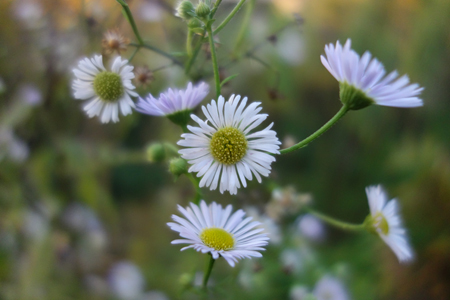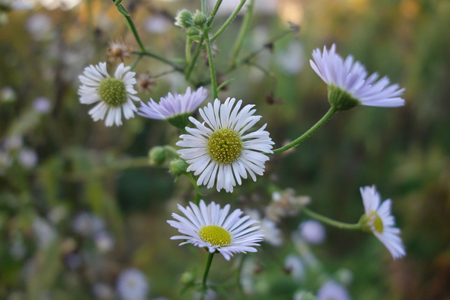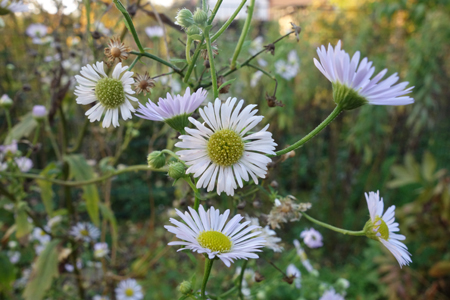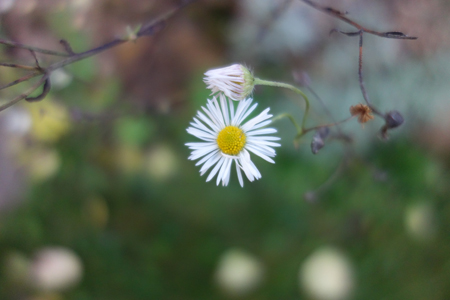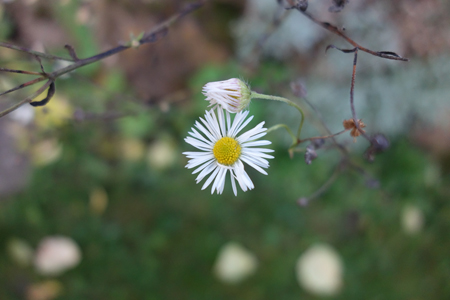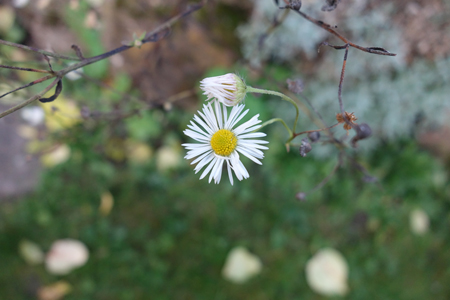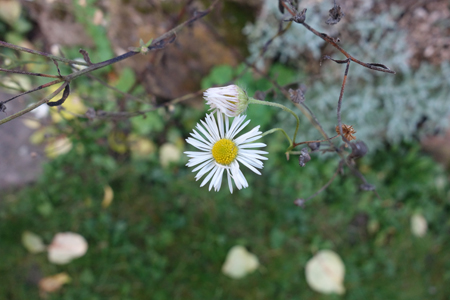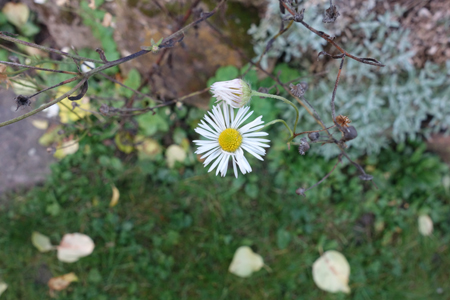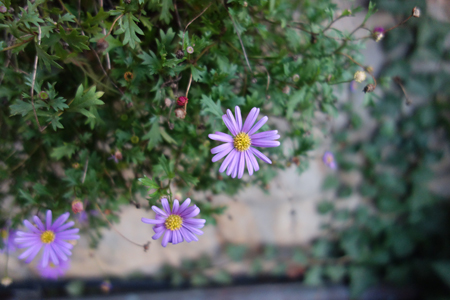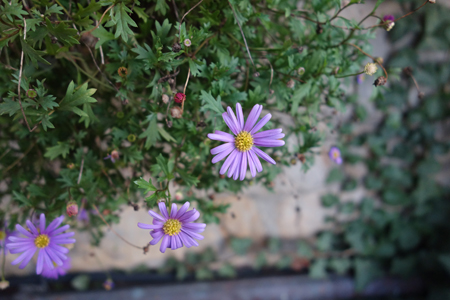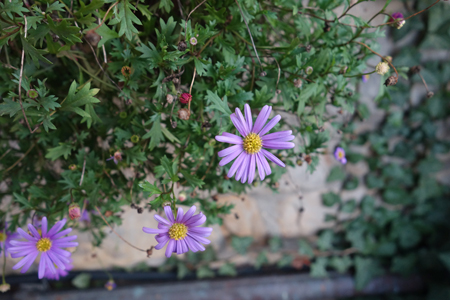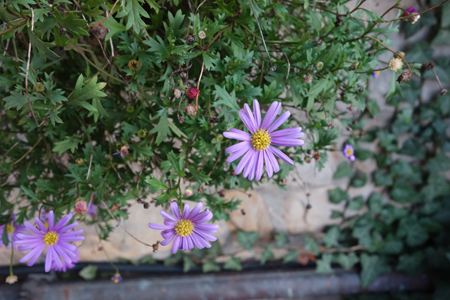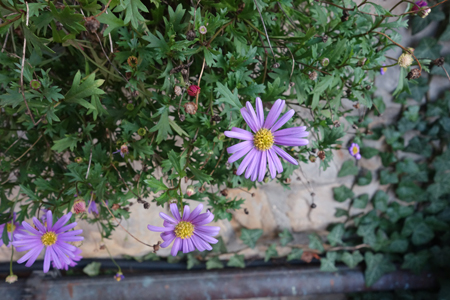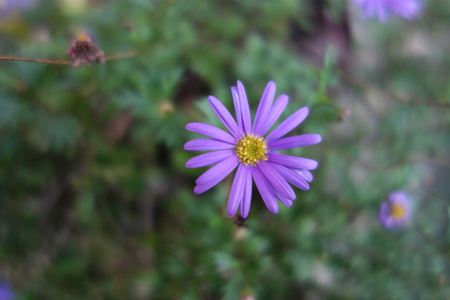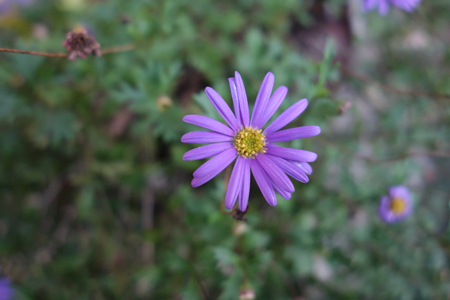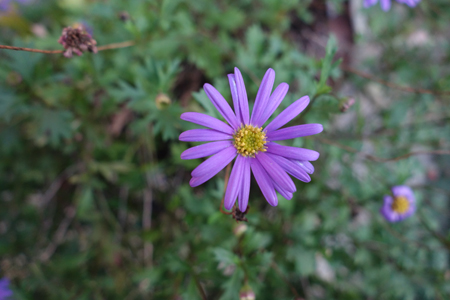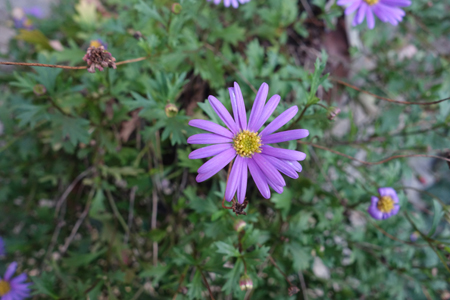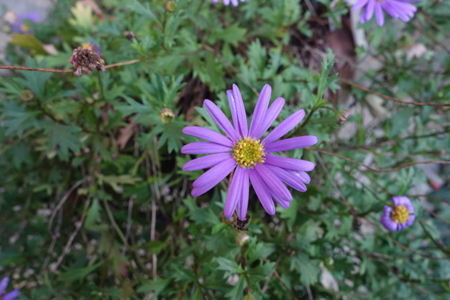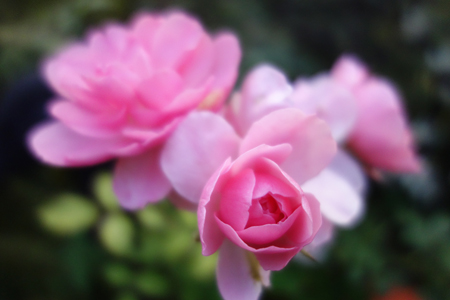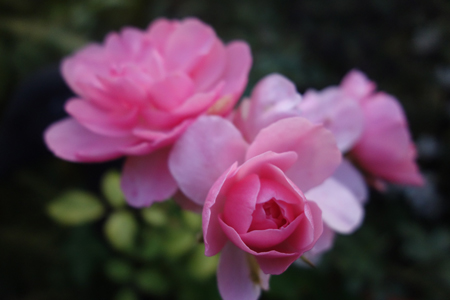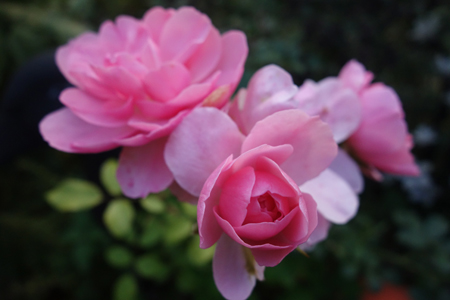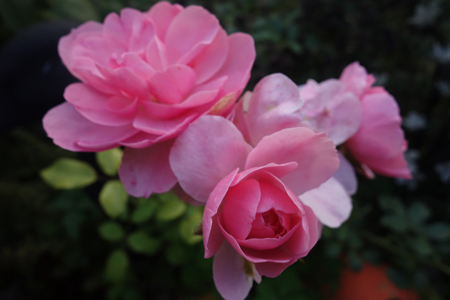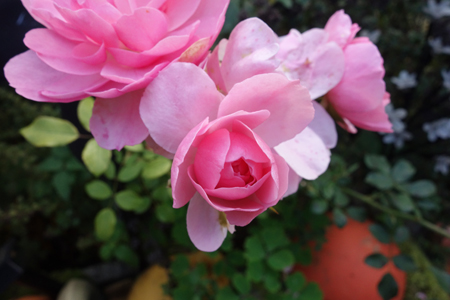Sony RX100 M1: Close-Ups with Aperture Variations
This page and its companion pages discusses the macro abilities of the Sony RX100 M1. Although the camera has a macro mode (allowing shots from 5 cm), I would not call these photos "macros" and therefore use the term "close-up."
This page demonstrates the effect of varying the aperture in close-up shots.
Note: The following post on RX100 Macros (09-11-2012 05:42 PM) community.sony.com/t5/Cybershot-Cameras/RX-100-Macro/td-p/28896 offers a lot of useful information about using the Sony RX100 M1 for macros. For more close-up photos see pages Close-Up Introduction and First Samples, Close-Up Samples and Close-Up Samples - Part 2.
Introduction
Usually, you want a lot of depth of field in close-up shots, because even small differences in distance matter and may lead to fuzzy and unusable photos. On the other hand, shallow depth of field can make photos more interesting or even appear like art. Anyway, I thought it might be interesting to vary aperture and observe the effect of this.
First, I have to talk a little about the 1" sensor of the Sony RX100. This sensor is considerably larger than the ones used in typical compact cameras. Thus, it lets the Sony RX100 excel in image quality in this class. On the other hand, it is smaller than a 4/3, APS-C or full-frame sensor. Here are a few numbers for comparison:
| Format | Full-frame Format | APS-C (DX) | APS-C (Canon) | MFT | 1" | 2/3" | 1/1.7" | 1/1.8" | 1/2.3" |
| Dimensions (mm) | 36 x 24 | 23.7 x 15.6 | 22.3 x 14.9 | 17.3 x 13.0 | 13.2 x 8.8 12.8 x 9.3 |
8.8 x 6.6 | 7.6 x 5.7 | 7.2 x 5.4 | 6.2 x 4.62 |
| Area (mm2) | 864 | 370 | 329 | 225 | 116 119 |
58 | 43 | 39 | 29 |
| Diagonal (mm) | 43.3 | 28.4 | 27.1 | 21.3 | 16 | 11 | 9.5 | 8.9 | 7.7 |
| Crop Factor | 1.0 | 1.5 | 1.6 | 2.0 | 2.7 | 4 | 4.5 | 4.9 | 5.6 |
Note: The values for the dimensions of the various sensor types differ slightly in the various sources. Here, I essentially follow Wikipedia Wikipedia (Formatfaktor). Many of the values are rounded. For more information, see page About Focal Length, Aperture, and Depth of Field for Different Sensor Sizes.
Sensor size has dramatic effects on a variety of photographic attributes, such as "apparent" focal length (defined by the crop factor), depth of field (also dependent on the crop factor), noise behavior, dynamic range, and more. As I am interested in depth of field here, it is important to know that it depends on the crop factor in the following way: Simply multiply the aperture value that you set with the crop factor to get the "effective" aperture value (with respect to the depth of field, not to light sensitivity). This provides you with a "feeling" for the to be expected depth of field. For the Sony RX100's 1" sensor and some other sensors we get the following "effective" apertures:
| Sensor Size |
Crop Factor
|
f Value |
||||||
Aperture of Camera >> |
1.8 | 2.8 | 4 | 5.6 | 8 | 11 | ||
| Effective Aperture for Depth of Field |
Full-Frame | 1.0 | 1.8 | 2.8 | 4 | 5.6 | 8 | 11 |
| APS-C | 1.5 | 2.7 | 4.2 | 6 | 8.4 | 12 | 16.5 | |
| 1" (RX100 M1) | 2.7 | 4.86 | 7.56 | 10.8 | 15.12 | 21.6 | 29.7 | |
| 1/2.3" | 5.6 | 10.08 | 15.68 | 22.4 | 31.36 | 44.8 | 61.6 | |
From the table, we can see that the depth of field of an 1" sensor lies somewhat "in the middle" between full-frame and APS-C sensor cameras on the one hand, and small-sensor cameras on the other hand. The huge depth of field of small-sensor cameras makes shooting close-ups and even macros easy with these cameras, but the pictures often look a little bit dull. On the other hand, I personally found it very difficult to shoot macros with an APS-C camera, having lots of discards, but also rewarding when I got interesting looking results. With the Sony RX100 M1, taking close-up shots is not as easy as with a small-sensor camera like my wife's Ricoh CX4, but still not too nerve-straining. Typically, I use an aperture value of f/8 to make life easier for me (which is equivalent to f/22 on a full-frame camera, as the table shows!). Nevertheless, I was interested in finding out, in which ways a photo is affected, when I open aperture up to the maximum of f/1.8 (at the wide end). Below, you will find some results of my tests.
Sample Photos
The following samples were taken in October 2015 to demonstrate the effect of varying the aperture for close-up shots with the Sony RX100 M1. Click the photos to see larger versions (900 x 600).
Motif 1
Motif 2
Motif 3
Motif 4
Motif 5
Conclusions
Just a few conclusions that I took from the samples:
- f/1.8 creates a special effect, that is, a creamy image, particularly in the corners. On some occasions you may want to have this effect. Depending on the motif and its size, the background can be rather blurry. This provides a good separation between foreground and background and lets the main motif stand out.
- f/2.8 is much better, but still a little bit "creamy". Depending on the motif and its size, the background can still be rather blurry. Foreground/background separation is still good in most cases.
- f/4 is a "compromise" between wide open and a small aperture. In some cases, this may be just what you want.
- f/5.6 shows much more details in the background, which may be disturbing at times, and the foreground is no longer separated from the background (this also depends on the motif, of course).
- f/8 shows even more detail in the background and is more or less a "safety net" that acts like a small-sensor camera at f/3.5-f/4, that is, wide open. It is good for larger objects like larger blossoms or for moving objects like running beetles.
All in all, it was interesting for me to see how many options the Sony RX100 M1 offers for close-up shots when you vary the aperture value.
| 16.04.2017 |
